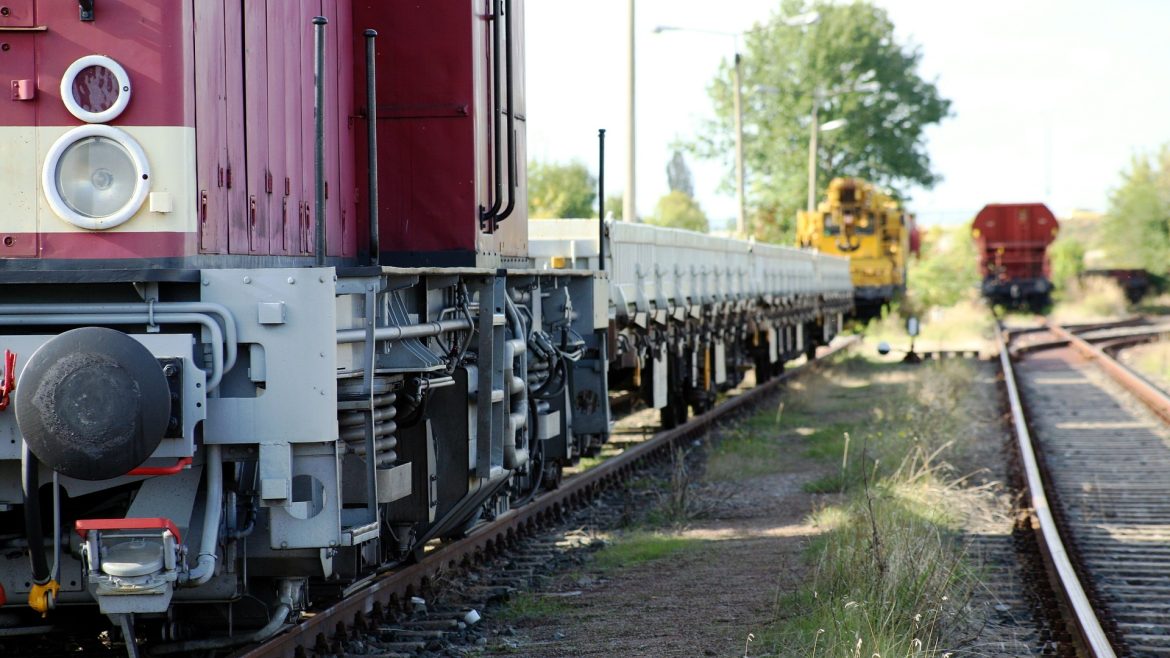Explain how conditions such as temperature or amount of rainfall influence the rate of weathering.
The rate of weathering is significantly influenced by environmental conditions such as temperature and the amount of rainfall. Here’s how these factors impact weathering:
Temperature:
- Freeze-Thaw Cycles: In regions where temperatures fluctuate around freezing point, water seeps into cracks in rocks. When water freezes, it expands, causing the cracks to widen. Subsequent thawing allows more water to penetrate deeper, repeating the process and mechanically breaking down the rock through frost wedging.
- Chemical Reactions: Higher temperatures can accelerate chemical weathering processes. For example, warm temperatures increase
Amount of Rainfall:
- Enhanced Chemical Weathering: Rainwater is slightly acidic due to dissolved carbon dioxide, forming carbonic acid. This acid can dissolve minerals in rocks like limestone and marble, leading to their gradual breakdown through dissolution…
The rate of weathering is significantly influenced by environmental conditions such as temperature and the amount of rainfall. Here’s how these factors impact weathering:
Temperature:
- Freeze-Thaw Cycles: In regions where temperatures fluctuate around freezing point, water seeps into cracks in rocks. When water freezes, it expands, causing the cracks to widen. Subsequent thawing allows more water to penetrate deeper, repeating the process and mechanically breaking down the rock through frost wedging.
- Chemical Reactions: Higher temperatures can accelerate chemical weathering processes. For example, warm temperatures increase
Amount of Rainfall:
- Enhanced Chemical Weathering: Rainwater is slightly acidic due to dissolved carbon dioxide, forming carbonic acid. This acid can dissolve minerals in rocks like limestone and marble, leading to their gradual breakdown through dissolution…
The rate of weathering is significantly influenced by environmental conditions such as temperature and the amount of rainfall. Here’s how these factors impact weathering:
Temperature:
- Freeze-Thaw Cycles: In regions where temperatures fluctuate around freezing point, water seeps into cracks in rocks. When water freezes, it expands, causing the cracks to widen. Subsequent thawing allows more water to penetrate deeper, repeating the process and mechanically breaking down the rock through frost wedging.
- Chemical Reactions: Higher temperatures can accelerate chemical weathering processes. For example, warm temperatures increase
Amount of Rainfall:
- Enhanced Chemical Weathering: Rainwater is slightly acidic due to dissolved carbon dioxide, forming carbonic acid. This acid can dissolve minerals in rocks like limestone and marble, leading to their gradual breakdown through dissolution…



